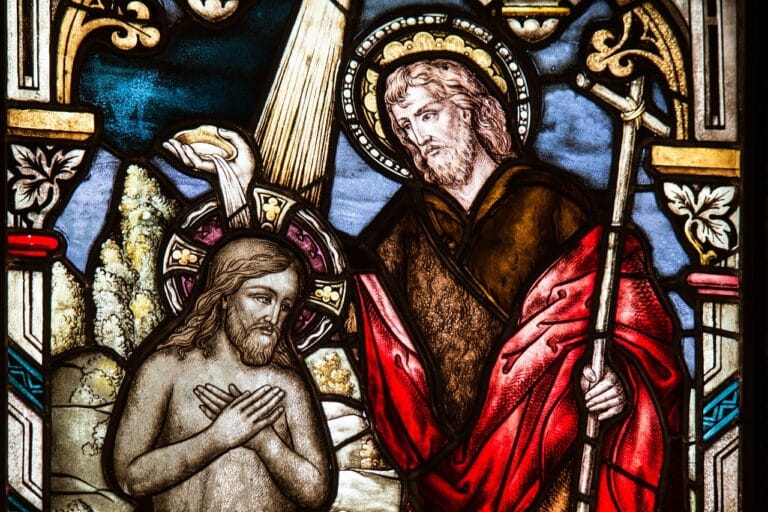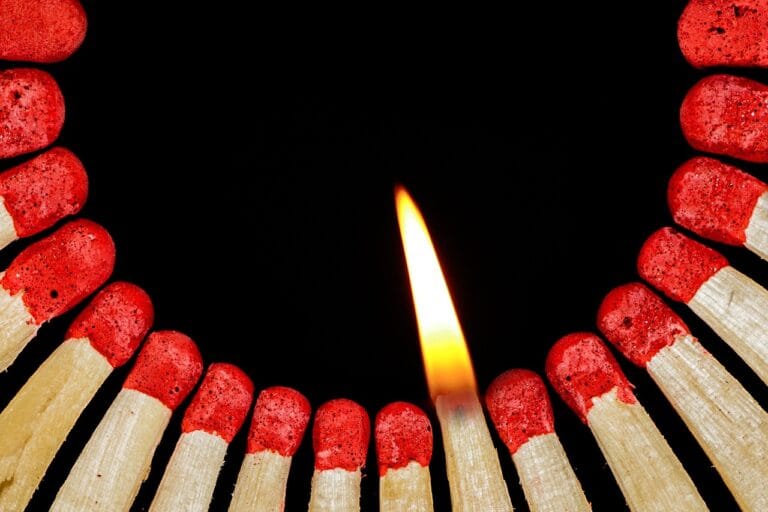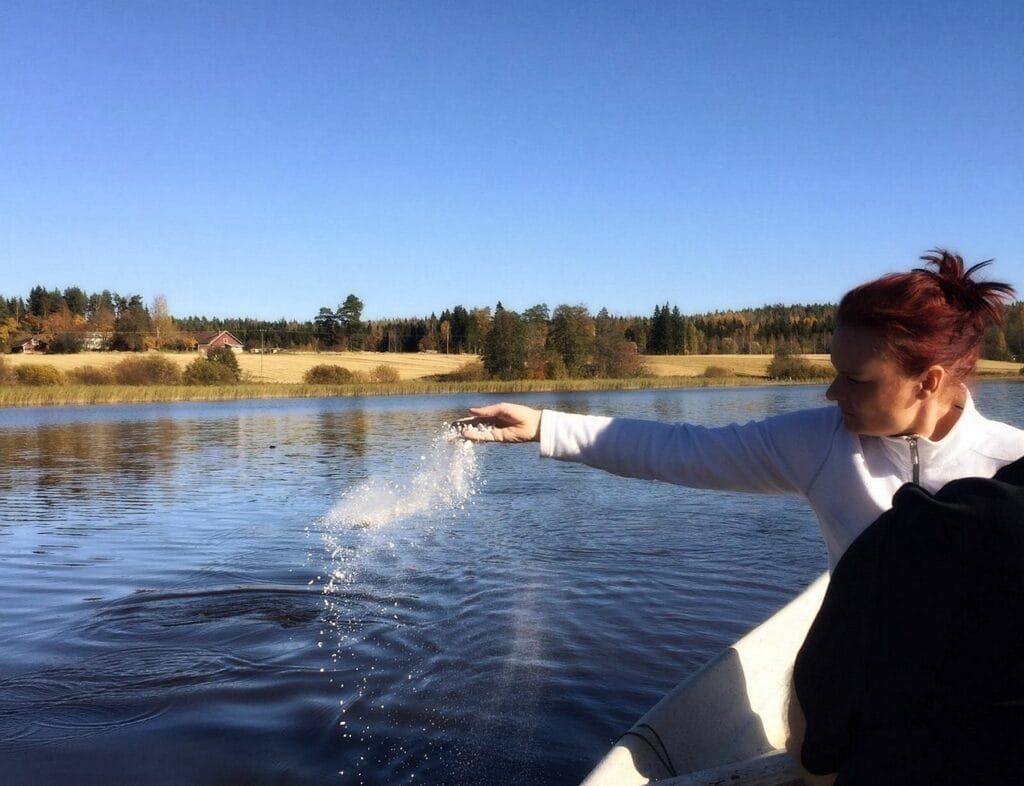
Cremation is a process that many people choose for various reasons, often rooted in personal beliefs or practical considerations. When someone is cremated, questions arise about what happens to the soul after the body is no longer present. This article provides insights into the perspectives surrounding the soul’s journey after cremation, exploring different cultural, spiritual, and philosophical views.
Understanding Cremation
Cremation is the process of reducing the body to ashes through high heat. It is an option chosen by many for its practicality, cost-effectiveness, and environmental considerations. The process typically takes place in a crematorium, where a deceased person’s body is placed in a specially designed chamber and subjected to intense heat. This method of disposition has been practiced for thousands of years across various cultures.
In many societies, cremation is seen as a way to honor the deceased while allowing the living to focus on celebrating their life rather than mourning their death. It can be part of a funeral service or a separate ceremony. The ashes, or cremains, can be kept in an urn, scattered in a meaningful location, or buried, providing families with various options for remembrance.
Different Beliefs About the Soul
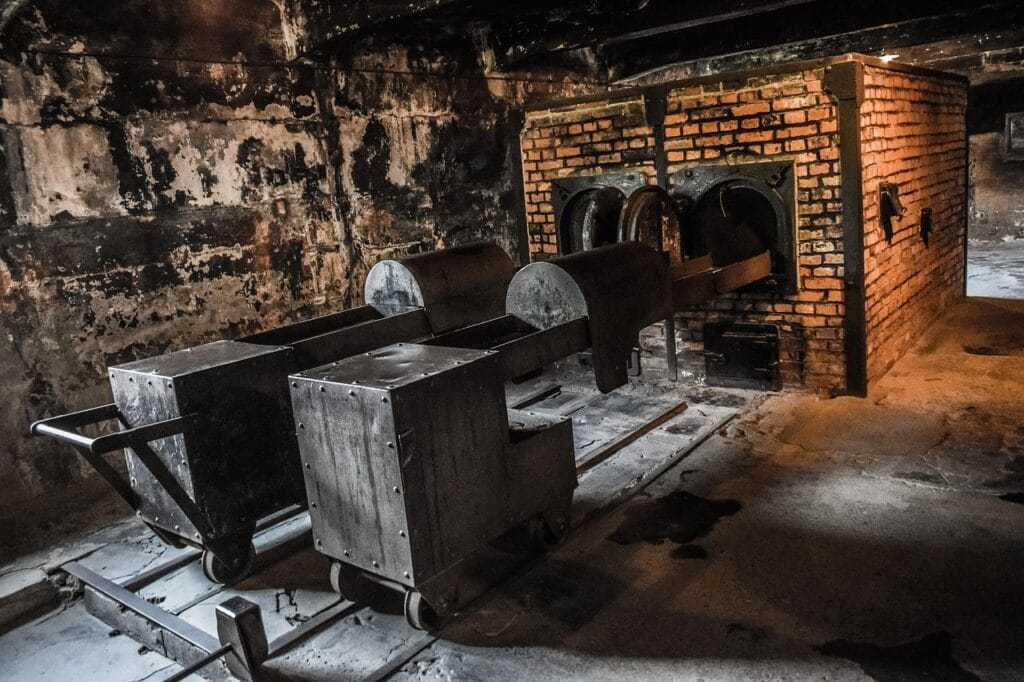
Beliefs about the soul vary significantly across cultures and religions. In many spiritual traditions, the soul is considered the essence of an individual, transcending the physical body. Some believe that the soul moves on to an afterlife or reincarnates into a new form after death. Others view the soul as returning to the universe or merging with a divine source.
In Christianity, for example, it is often believed that the soul goes to heaven or hell, depending on one’s life choices. In Hinduism, the concept of reincarnation is central, where the soul is reborn into a new body based on karma. Buddhism also shares a similar perspective, emphasizing the cycle of birth, death, and rebirth. These beliefs influence how adherents view the significance of cremation and its impact on the soul.
Cremation and the Soul’s Journey
When considering what happens to the soul during cremation, interpretations can vary widely. For some, the act of cremation is seen as a means to release the soul from the physical confines of the body. In this perspective, the intense heat of cremation is not a destructive force but rather a transformative one, allowing the soul to transition to the next phase of its existence.
Others may hold a more traditional view that the body must be treated with respect, and that the method of disposition could impact the soul’s journey. In cultures where burial is preferred, cremation may be viewed with skepticism or disapproval, as it may seem to disrupt the natural cycle of life and death.
The Process of Letting Go
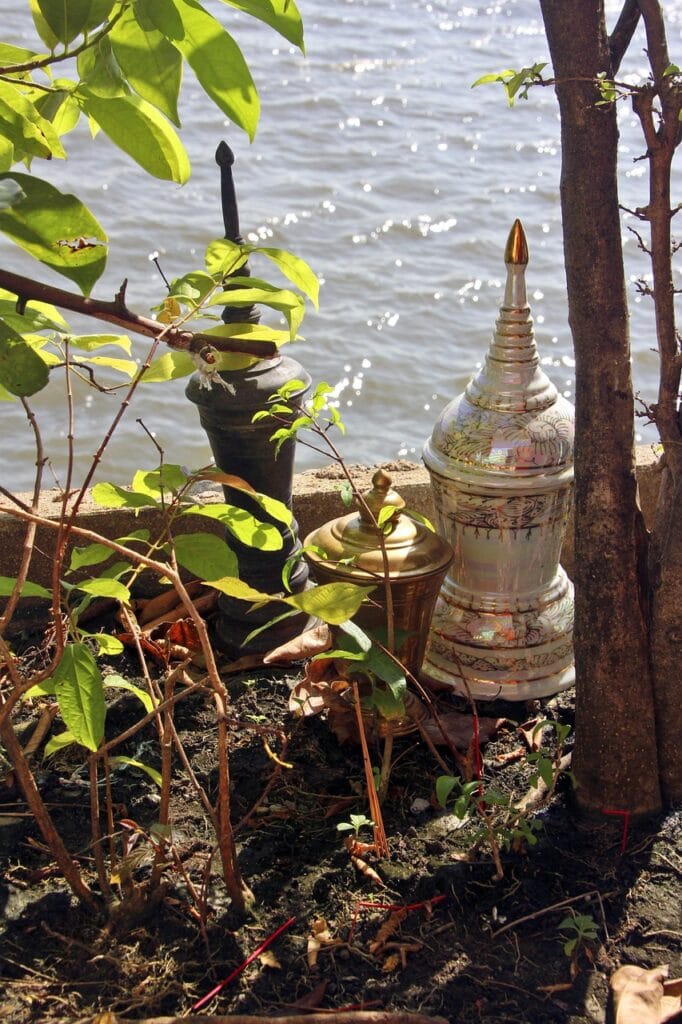
Cremation can symbolize a profound act of letting go. For the living, witnessing the cremation can provide closure, allowing them to confront the reality of death and begin the process of healing. This act of letting go can also extend to the soul, as it is believed to free the spirit from earthly ties.
Some individuals find solace in the idea that the ashes represent the physical remnants of their loved one rather than their essence. In this sense, the soul is seen as separate from the body, continuing its journey while the physical remains are returned to the earth or scattered in a place of significance. This understanding can help alleviate anxiety about the fate of the soul during cremation.
Spiritual Practices Surrounding Cremation
In many cultures, cremation is accompanied by various spiritual practices aimed at honoring the deceased and ensuring a positive transition for the soul. Rituals, prayers, and ceremonies can vary widely, from lighting incense and chanting mantras to holding memorial services where loved ones share memories and celebrate the person’s life.
These practices often serve to create a sense of connection between the living and the deceased. They can also provide comfort to grieving families, helping them feel that they are actively participating in the spiritual journey of the soul. Such rituals can address concerns about what happens after cremation and reinforce the belief in a continuing existence.
Personal Reflections on Life and Death

Cremation can prompt deep personal reflections on life, death, and the concept of the soul. Individuals may find themselves pondering their own beliefs regarding the afterlife and what it means to truly live. This introspection can lead to a greater appreciation for life and the relationships we cultivate during our time on earth.
By examining one’s beliefs and values, individuals can create a more meaningful understanding of death and the soul’s journey. This can encourage people to live fully and embrace the present moment, knowing that life is transient and precious.
Grief and Healing After Cremation
The process of grief is deeply personal and can be influenced by how a loved one’s body is treated after death. For many, cremation can be a source of healing. It allows for a unique way to memorialize the deceased while providing families with tangible remains to honor.
The ashes can be kept in a beautiful urn, scattered in a favorite place, or incorporated into memorial art. These acts can foster a sense of connection with the departed, helping the bereaved navigate their feelings of loss and facilitating the healing process.
Modern Perspectives on Cremation

As society becomes more diverse, perspectives on cremation continue to evolve. Many people are increasingly drawn to cremation for its environmental benefits, as it requires less land than traditional burial and often has a smaller carbon footprint. This shift reflects a growing awareness of our impact on the planet and the desire to leave a meaningful legacy.
Moreover, the rise of personalized memorials and unique ways to honor the deceased has led to an increase in creative approaches to handling ashes. From biodegradable urns that grow into trees to jewelry that incorporates ashes, these options provide a modern spin on how we remember our loved ones while still considering the journey of the soul.
Conclusion
The question of what happens to the soul after cremation is complex and deeply rooted in personal beliefs, culture, and spirituality. While many view cremation as a transformative process that allows the soul to transition to its next stage, others may hold more traditional views that emphasize the importance of the body in the afterlife. Regardless of belief, cremation invites reflection on life, death, and the enduring connection we have with those who have passed. Ultimately, it is a reminder that while our physical bodies may expire, our souls and memories continue to live on in the hearts of those we leave behind.
FAQs
What are the environmental impacts of cremation?
Cremation is often considered a more environmentally friendly option compared to traditional burial. It requires less land and can produce fewer emissions when modern technologies are used. Additionally, many families choose to scatter ashes in natural settings, which can promote a sense of connection to nature.
Can personal items be cremated with the body?
In many cases, personal items such as jewelry or keepsakes can be cremated with the deceased, but it is essential to check with the crematorium regarding their policies. Some items may not be suitable for cremation due to their material.
What should I consider when choosing cremation?
When considering cremation, think about your personal beliefs, the wishes of the deceased, and the preferences of family members. Additionally, consider the costs, the type of memorial service, and how you would like to handle the ashes afterward.
Are there any religious beliefs against cremation?
Yes, some religions, such as Orthodox Christianity and Islam, traditionally oppose cremation, as they believe in the sanctity of the body and the importance of burial. However, perspectives vary, even within religious communities, so it’s essential to consult specific beliefs.
How can I memorialize a loved one after cremation?
There are numerous ways to memorialize a loved one after cremation. Options include creating a memorial service, keeping ashes in a personalized urn, scattering them in a meaningful location, or even incorporating them into art or jewelry. The choice should reflect the personality and wishes of the deceased.

